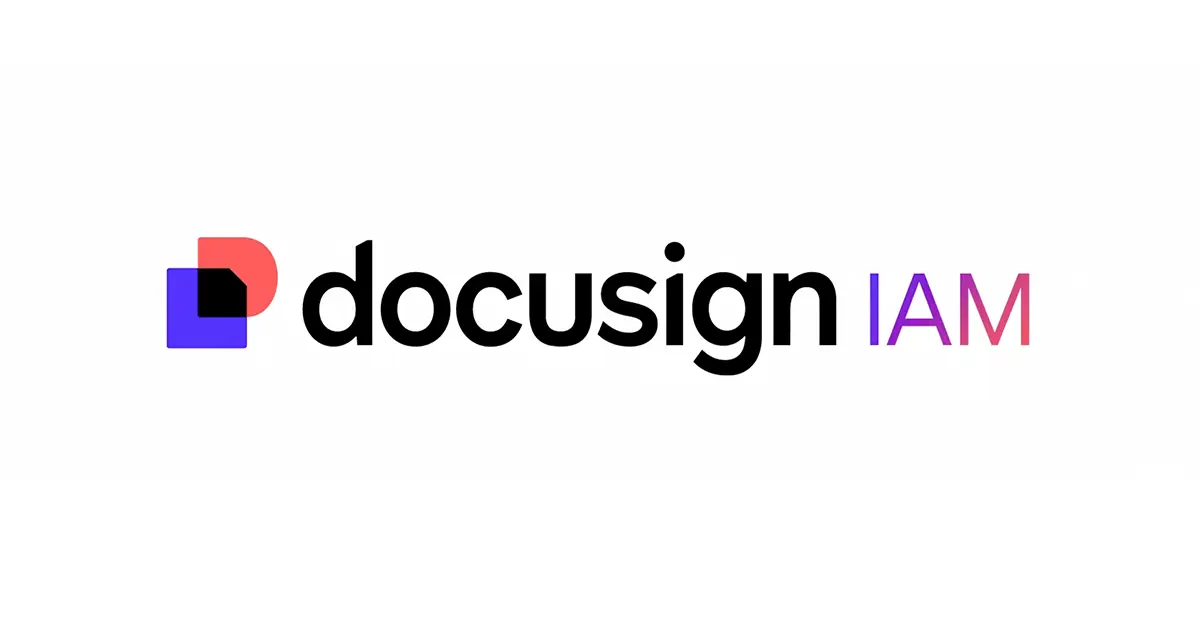Why Listening is a key to empathy in Customer Experiences

“Listening” to customers and employees today can be complex. It involves capturing not just what people tell us, but also how they’re interacting with our customer experience channels and how they feel doing this. And it’s a critical step toward showing empathy in customer experiences.
Ideally, listening uses advanced analytics and artificial intelligence (AI) to uncover issues and opportunities. It’s the first step to integrating feedback and insight into customer and employee experiences. It ensures customers feel known and understood, so they don’t have to repeat themselves. And it allows agents to build rapport and increase personalization.
Without a formal, comprehensive approach to listening, both customers and employees could feel misunderstood or, worse, ignored. But nearly half of companies lack customer identification information during real-time digital and voice interactions.
Imagine that a customer signs into a website, unsuccessfully searches for something and then engages the chatbot. Whether the bot addresses the customer and the existing search — or starts with all blank fields — determines if that customer feels listened to.
Listening to customers and employees to understand and act on that information is essential for satisfaction and retention. But gathering the Voice of the Customer (VoC) and the Voice of the Employee (VoE) can seem daunting with the huge volumes of data spread across channels and platforms.
This is where “Systems of Listening,” and the technology to support them, come in. Simply put, listening is the foundation for understanding, which should lead to action. This could mean eliminating pain points in the customer journey, developing new products and services, or developing self-service tools and technologies that increase convenience.
The systems of Listening comprise the capabilities needed to track and capture customer feedback. The book outlines four systems that work together to enable a business to become empathetic toward customers and employees. The other three are Systems of Understanding and Prediction, Systems of Action, and Systems of Learning — each of which is underpinned by technologies companies can integrate to deliver empathy from end to end.
And how Systems of Listening should include capabilities for monitoring and tracking customer event data, such as “when a customer navigates a website, pushes an IVR button or receives input from IoT (internet of things) devices.” These systems should capture data from any and every customer touchpoint — website, digital channel, social platform, contact center or IoT device. It should also include event data, such as whether a customer’s delivery happened on time, if their issue was resolved or if an external incident affected them.
Systems of Listening should connect these disparate data sources, enabling organizations to use artificial intelligence (AI) to draw out robust insights. And it allows them to truly know what customers (and employees) are doing, saying and feeling.
With Systems of Listening in place, companies have reliable sources of VoC and VoE data that can fuel customer experience and employee experience analytics, big data analytics engines, and interactive dashboards. All of these support the Systems of Understanding and Predicting. But there’s still work to be done.
Just one in four companies that participated in the Genesys Empathy Assessment™ are listening well enough to capture internal identifiers. And few are conducting identity stitching — tying together different identifiers like social media handles and cookies — to build a more holistic picture of the customer.
Companies that lack sufficient Systems of Listening rely on what they’re told in customer satisfaction surveys or focus groups. But basing organizational knowledge of preferences and friction points in the customer experience on these indicators is a challenge. Often they’re either biased, not timely or not actionable.
A recent Harvard Business Review Analytic Services report also found organizations have a much better understanding of the customer experience at the end of a transaction or service than at the beginning or in the middle. Clearly, there’s a gap to close.
Similarly, employee surveys can gather some actionable feedback. But it’s much more powerful to understand how employees are feeling and performing in real time.
For example, instead of relying solely on employees to speak up about the support they need, about one-third of companies use AI to “listen” to service interactions. This allows them to identify capability gaps throughout the employee lifecycle. Then they can provide career development opportunities and training. As a result, this improves the overall employee experience.
Consumers today rank “being listened to and understood” as the most important aspect of customer experience. And they expect a “personalized service that feels unique to my needs.” In a global survey of 16,000 contact center agents, their top priorities for a better workplace included having clearer expectations and increased support. It’s time to tune in to what customers and employees are saying — implicitly and explicitly.
When you listen, you gather information that only your organization is privy to. Those unique insights can be your greatest source for a competitive advantage and greater overall customer experiences.
For more information about Genesys, please contact our Sales Team at https://www.beryl8.com/en/contact-us



